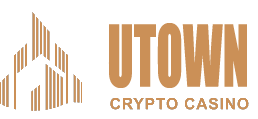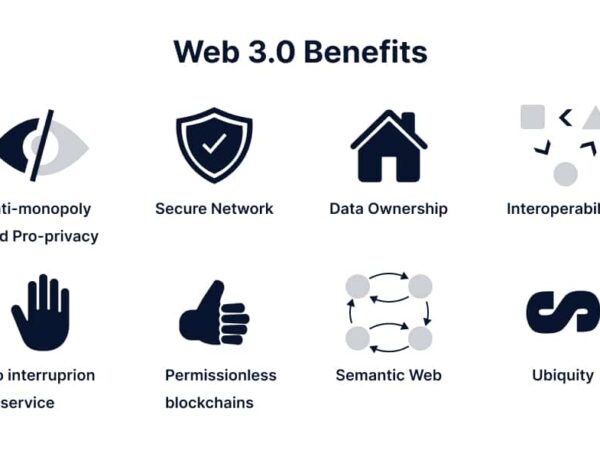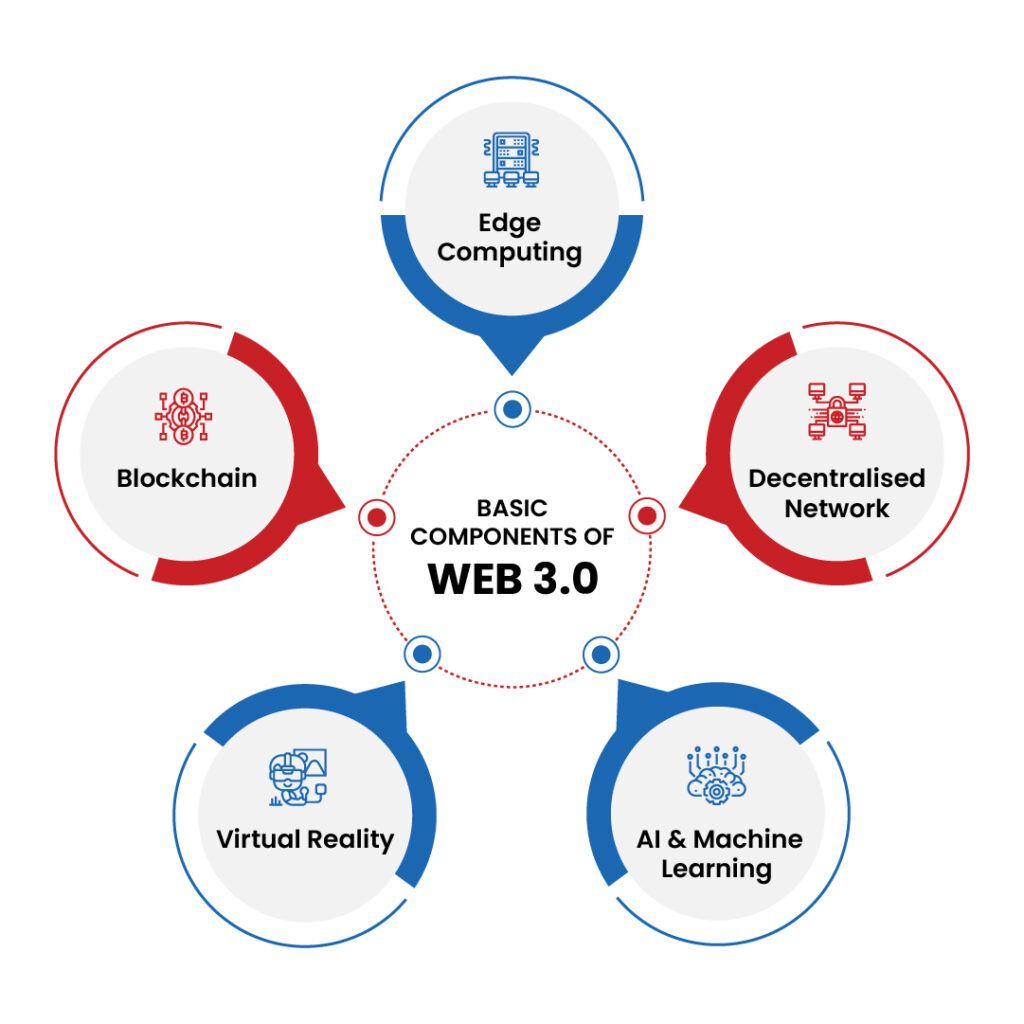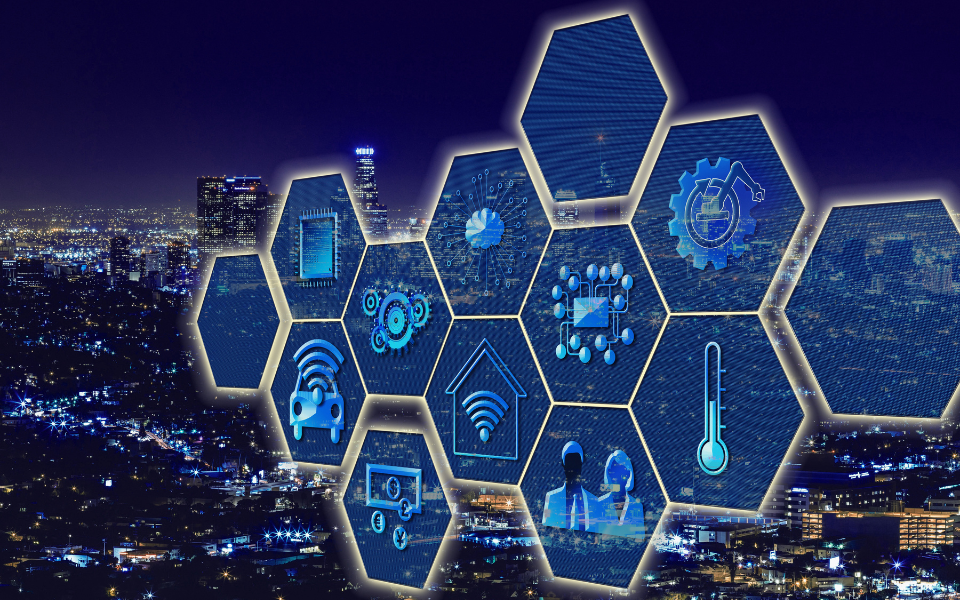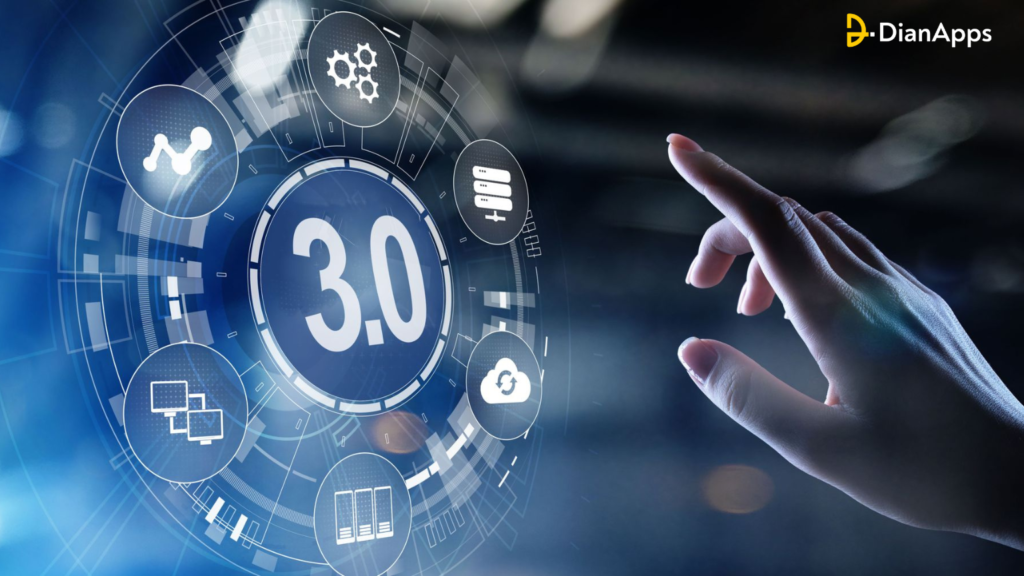Understanding Web 1.0 and Web 3.0: A Look Back and Ahead
Web 1.0 and Web 3.0, although separated by significant technological advancements and concepts, share some fundamental principles that underline the web’s core objective: accessibility and user engagement. Web 1.0, often referred to as the Static Web, was the Internet’s formative stage, primarily read-only and informational. Fast forward to Web 3.0, the decentralized web aims to create a more autonomous and user-driven online environment. At first glance, these eras of the internet might seem worlds apart, but surprisingly, they converge on several fronts.
Rooted in Simplicity and Accessibility
Both Web 1.0 and Web 3.0 place a strong emphasis on making information accessible, though the means and efficacy greatly differ. Web 1.0 delivered content in simple formats, often pure text and basic graphics. This simplicity ensured that anyone with internet access could use it. Web 3.0 escalates this vision, striving to provide universal access but also enhances user empowerment by integrating personal data control and sophisticated AI systems to tailor the web experience.
Evolution of Content Interaction
The static pages of Web 1.0 served content that users could consume but not interact with, setting the foundation for user engagement. Web 3.0 transforms this concept by not only allowing users to interact with the content but also to contribute and trade digital assets securely. It fosters a situation where users are not just consumers but also contributors in a vibrant, interconnected ecosystem.
Decentralization: A Common Goal
One of the core tenets of Web 3.0 is decentralization. Interestingly, Web 1.0 was, in its own way, a form of decentralized content distribution. Users could host and share information easily without any overarching control, unlike in Web 2.0, where large corporations control significant swathes of online interactions. Web 3.0 aims to wrestle control back from these corporations, utilizing blockchain technology to avoid central points of failure and enhance security and trust.
From User to Creator
Web 1.0 tasked creators with content creation, providing a plethora of information to passive users. Web 3.0 reimagines users as creators and participants in creating and maintaining their content, driven by tools such as NFTs and decentralized apps (dApps). This shift not only democratizes creation but also vests ownership rights back to the content originators.
Engaging with the Future: The Role of UTOWN in Web 3.0 Knowledge
As we look towards a future permeated by Web 3.0 principles, understanding and adapting to its fundamentals is crucial. Platforms like UTOWN are at the forefront of educating and engaging users in this new digital ecosystem. By leveraging powerful resources and community support, UTOWN helps demystify Web 3.0, making it accessible and understandable for everyone.
For those eager to dive deeper into the possibilities and innovations of Web 3.0, visiting UTOWN serves as a perfect starting point. Whether you’re a novice looking to learn about blockchain technology or an enthusiast eager to explore the latest in decentralized applications, UTOWN offers a gateway to enhance your understanding and involvement in Web 3.0. Join UTOWN today and start your journey in the new era of the internet!
